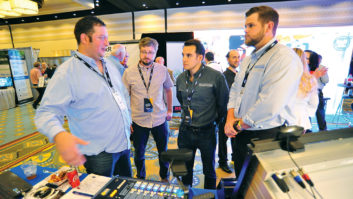India’s Ministry of Information and Broadcasting has proposed to earmark 1 billion Rupees (US$20 million) for development of community radio stations in the Twelfth Five Year Plan, according to RadioandMusic.com. The online news source also says Rs. 900 million will be used to help the Indian community radio station movement.
At the Third Community Radio Sammelan in New Delhi, Information and Broadcasting Minister Manish Tewari explained only Rs 100 million had been set aside for capacity building. He said the proposal indicated that 500 more community radio stations should become operational during the period of the Twelfth Plan.
Tewari said the ministry will promote the streamlining of community radio empanelment through a Directorate of Advertising and Visual Publicity, ensuring stations get an equitable share of support. The DAVP has so far allocated around Rs 60 million in commercial advertisements for CRS.
The Minister said, while the government was willing to permit CRS to broadcast news bulletins of All India Radio, it would require Cabinet approval.
He also said that permitting CRS to make their own news bulletins might blur the line between news and entertainment, as occurred with TV channels.
Tewari stressed the importance of the CRS movement because it could provide people a voice and might bring local issues to the government’s attention.
He said the ministry had adopted a holistic approach to CRS and wants to assist new CRS. However, he and Joint Secretary of Broadcasting Supriya Sahu also want stakeholders to draw up a code of ethics for themselves and to see community involvement.
Tewari also touched on efforts to coordinate relevant issues with the Ministry of Communications and Information Technology with regard to better frequency allocation plan for the CRSs. Tewari said it was likely that the Department of Telecom would announce the spectrum waiver decision shortly.
At the Sammelan, the minister also gave away awards in five different categories. The awards were given for thematic content, community engagement, promoting local culture, most creative/innovative program content conveying development concerns, as well as one for a sustainability model, showing innovative methods to generate revenue.
Three awards were given for each category, with cash awards of Rs 50,000, Rs 30,000 and Rs 20,000 respectively, but only one sustainability model award was presented.











